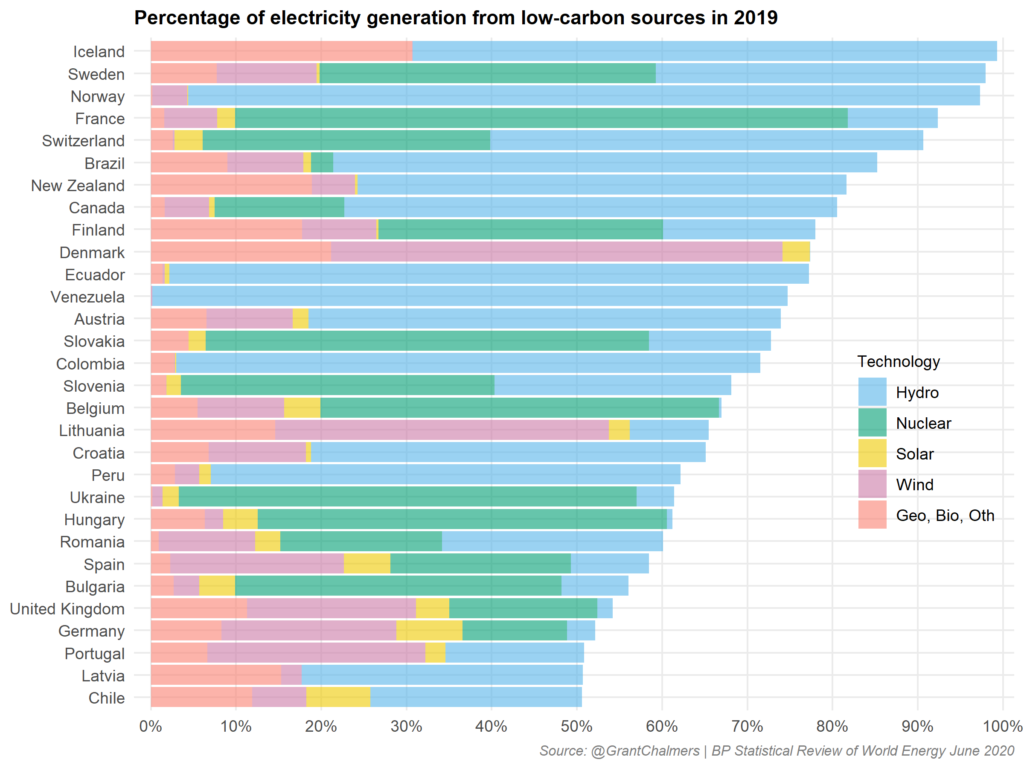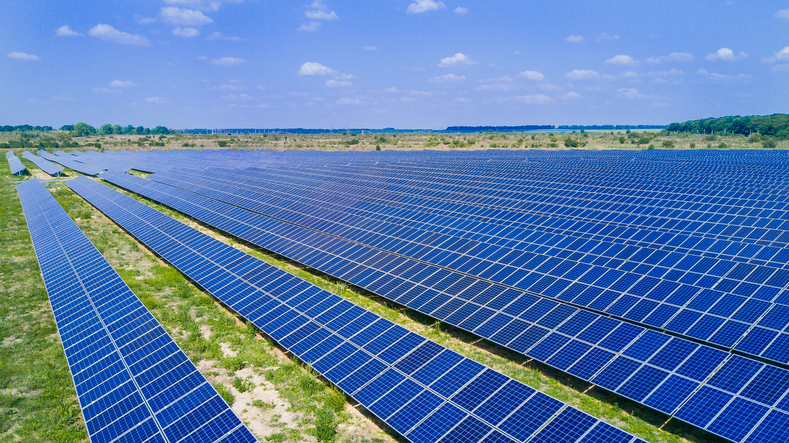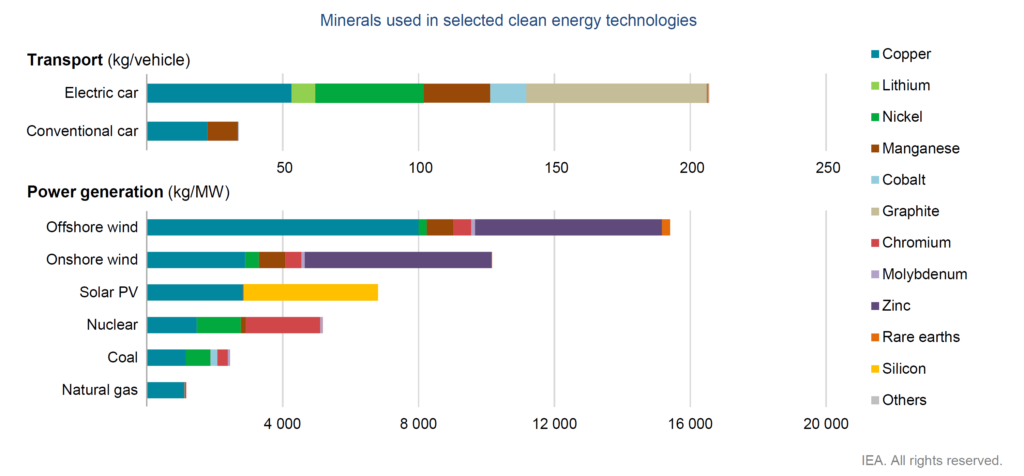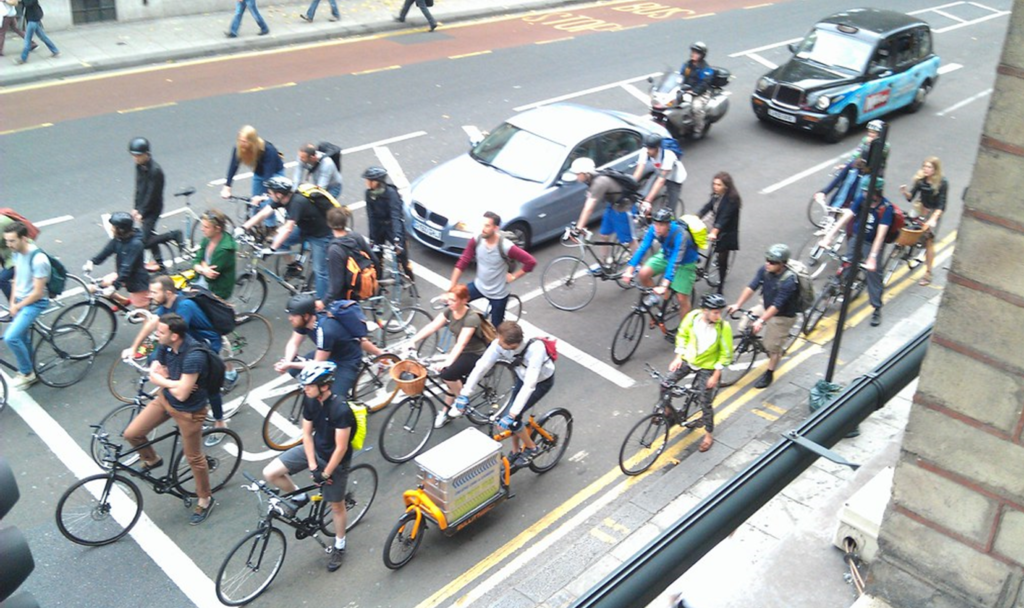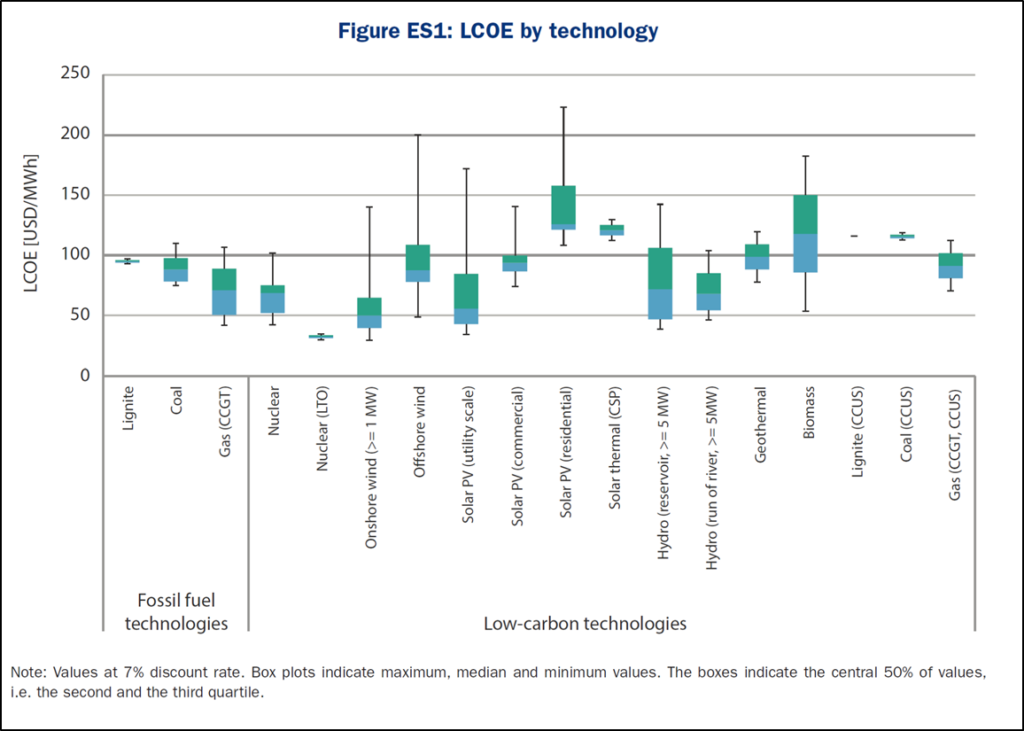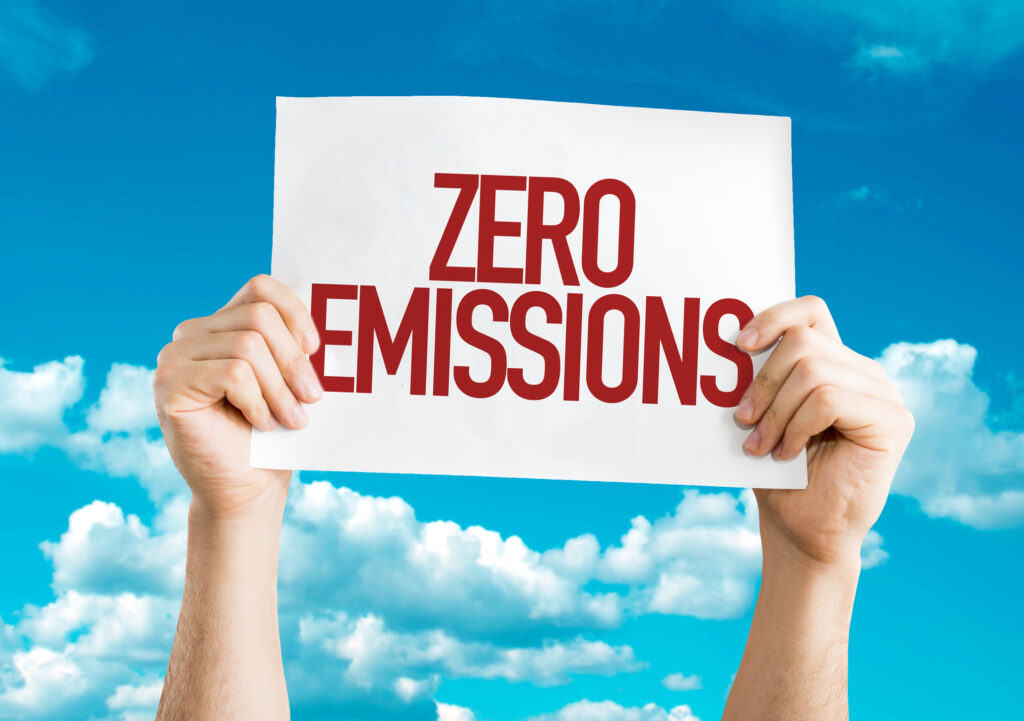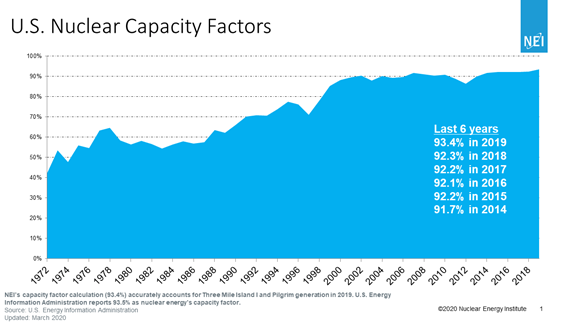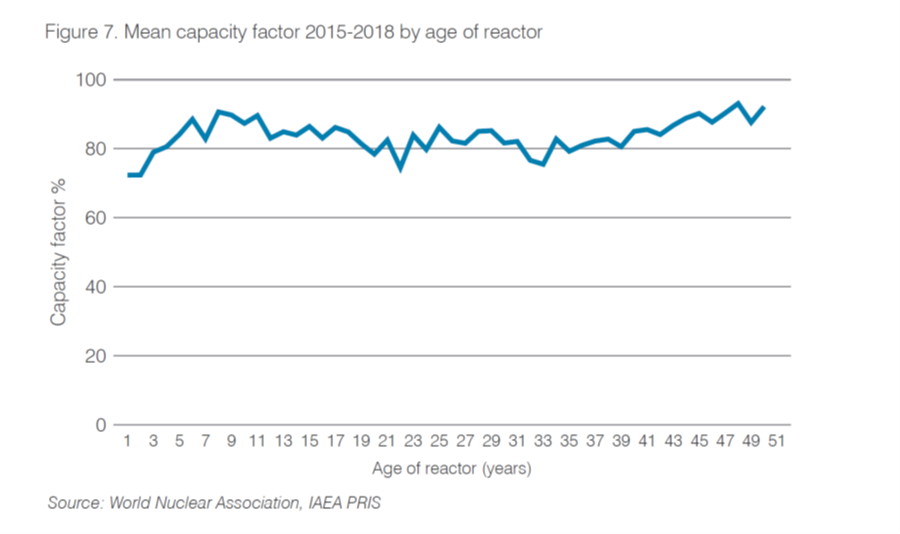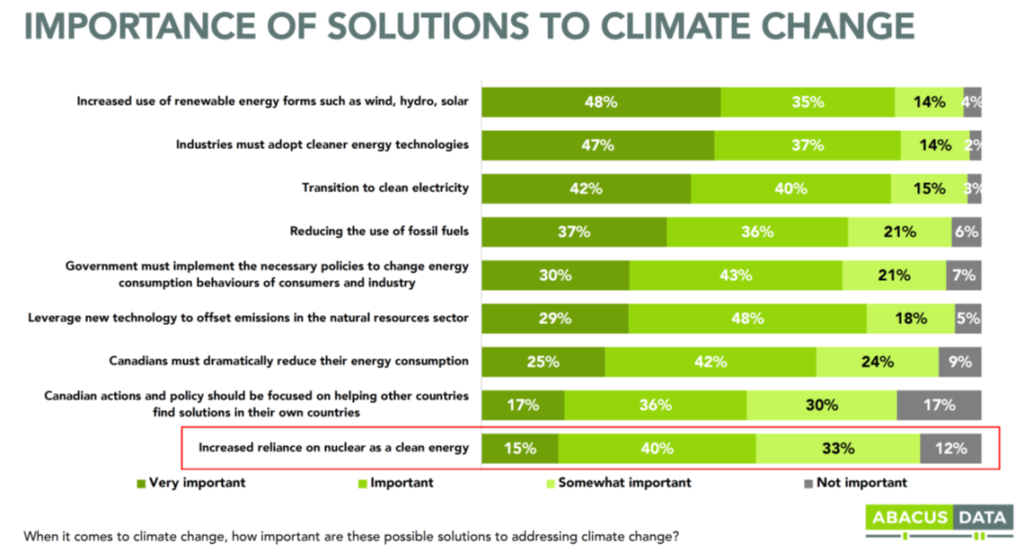Preparing for COP26 – a little less conversation – a little more action
In advance of COP26, the next important global meeting to discuss climate change, the International Energy Agency (IEA) released it World Energy Outlook 2021 (and for the first time is offering it for free). And while it notes “a new energy economy is emerging”, it is telling us what we all know – “that this clean energy progress is still far too slow to put global emissions into sustained decline towards net zero, highlighting the need for an unmistakeable signal of ambition and action from government leaders at COP26.”
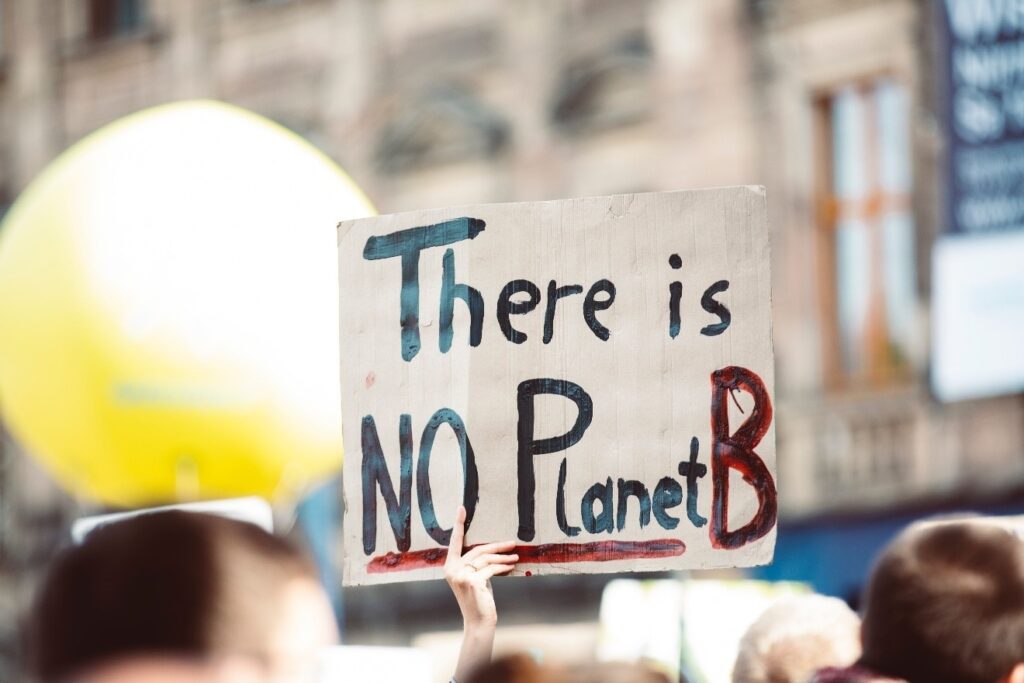
If you are anything like us, as this pandemic has continued, your normal day is probably something like this – check email, join a Zoom, WebEx or Teams meeting – then the next one after that and so on – and sprinkle in a good number of fascinating webinars through the week to keep you glued to your seat.
After a year and a half of this routine, one thing has become clear. We talk a lot. Really a lot. We all have great ideas on how to do better, how to improve the climate, and in our case, how and why nuclear power should play a bigger role. Or as so eloquently put by Greta Thunberg – “Build back better. Blah, blah, blah. Green economy. Blah blah blah. Net zero by 2050. Blah, blah, blah”.
Yes, we have learned some things from all this talk; that reaching our global climate goals by 2050 is extremely difficult. Even with massive growth in renewables and extraordinary efforts in improving efficiencies, the goal is eluding us. We know nuclear, one of the only scalable baseload low carbon options, must be part of the solution.
Yet we are still fighting to get nuclear accepted within the EU taxonomy (the decision to include nuclear was just delayed once again). We are still fighting the early shutdown of perfectly good operating plants even though they are most often replaced by increasing use of fossil fuel. In many markets we have projects ready to go but securing government approvals seems to be a never-ending task.
Every year we talk without action is one less year we have to reach our goals by 2050. Thinking we can do everything we need at the last minute is a plan to fail. Tackling climate change is hard. And making hard decisions is not easy for governments. We have seen in the last year governments around the world delay hard decisions needed to defeat the covid pandemic. Or try to choose balance and compromise. In all of these cases, the result was more suffering and death than we would have had if decisions were taken more quickly.
Independent of politics, climate change is about science. And math. Between now and 2050 carbon emissions will either rise or fall. And if we all are convinced the right thing to do is to make them fall, and fall dramatically, then we need to take the hard decisions required to make this a reality.
Nuclear power can play a critical role in helping us all achieve our climate goals. The WEO 2021 and many other forecasts suggest that the amount of nuclear will double between now and 2050. But we can do more. The global nuclear industry has set a target of reaching 25% of global electricity generation by 2050 (WNA Harmony goal). This would require increasing the amount of nuclear by a factor of 5. The time has come to make things happen. Solar and wind are growling rapidly. Nuclear needs to do the same and this requires commitment.
We need governments to declare that nuclear is a clean low carbon energy source that must contribute to achieving global climate goals and then step up and make strong commitments to making this happen. There have been many recent announcements demonstrating that progress is being made. But more is needed. Governments need to:
- Stop the early phaseout of safely operating plants and provide the necessary supports to keep them operating
- Accept nuclear into the EU taxonomy
- Approve new projects that are ready to go – Sizewell C in the UK, the 6 new EPRs in France, new build in India etc. Only China is consistently approving new build at a rate of many units per year.
- Advance the development of new projects in the planning phase such as in Ukraine, Poland and Romania with a focus on getting these projects built sooner rather than later; and
- Approve first of a kind SMR projects to launch these programs in the US, Canada and elsewhere and quickly move on to deploying a global fleet.
And of course, it is not all about government. Goals can only be reached if the industry performs. The industry has done a superb job of keeping the existing fleet operating safely, economically and at high capacity factors, even as they age.
However, the experience on new build has been mixed. Countries with vibrant programs like Russia, China and Korea have built new plants quickly and efficiently. Other projects, especially those with first of a kind designs and in markets where there have not been new builds for a long time have struggled. The industry must work together to learn the lessons required and deliver a large new global nuclear fleet on time and on budget. This is possible but not guaranteed. What will make it happen is orders and lots of them. This will drive efficiencies and create even more innovation just at it has done for renewables.
The most likely outcome of COP26 will be meetings and new targets and pledges. We will all then go back to our daily routines of talking and meeting. But if we truly want to reach the stated climate goals, the time for talk is over – it is now the time to do, and do more than we ever have before. As Elvis Presley sang so many years ago – A little less conversation, a little more action.
For a little Elvis press play!
